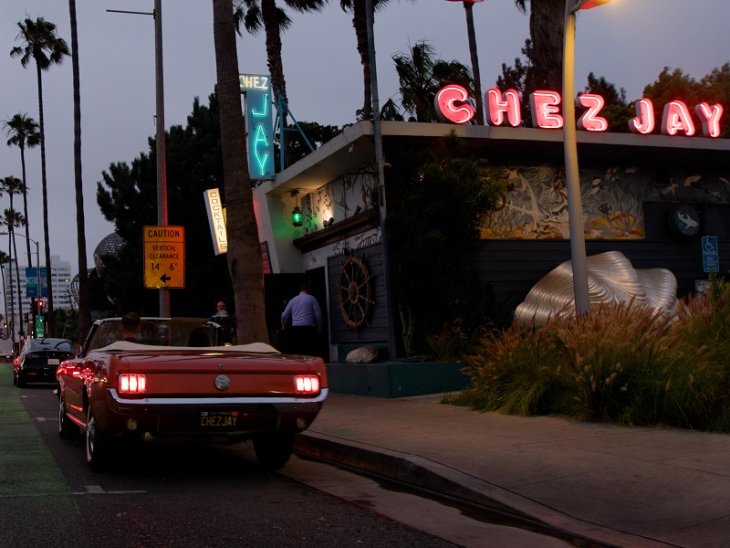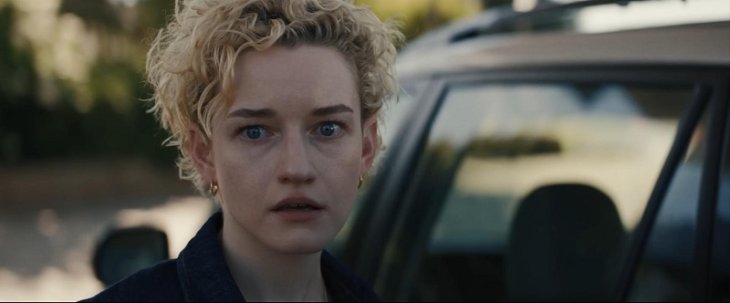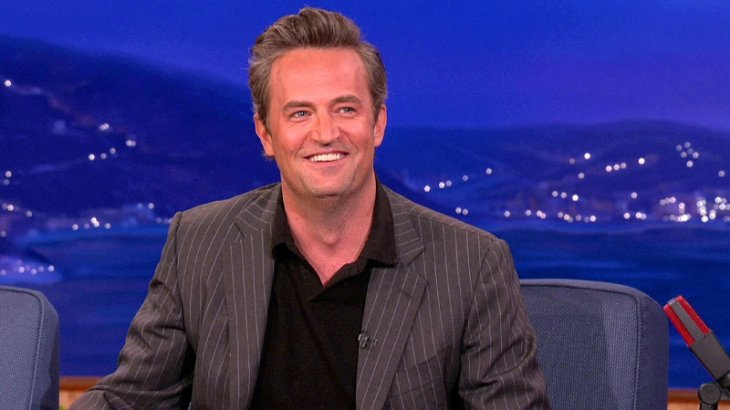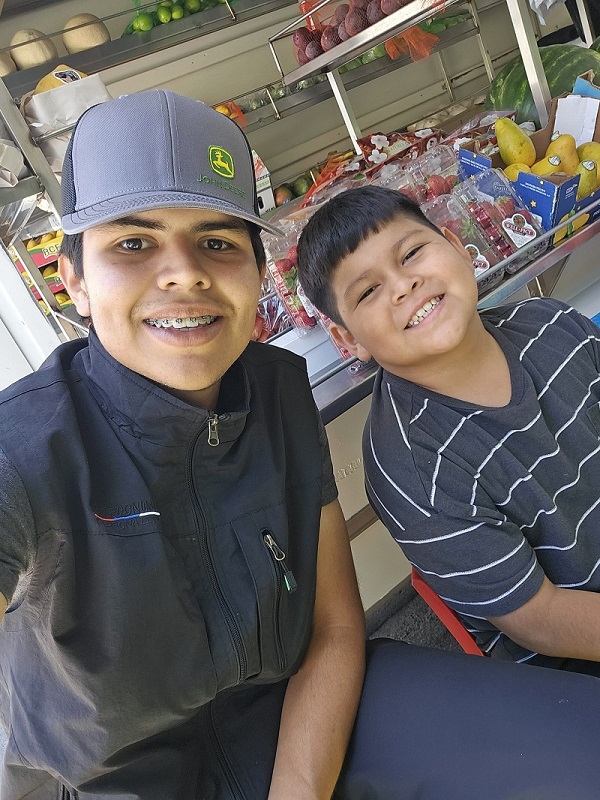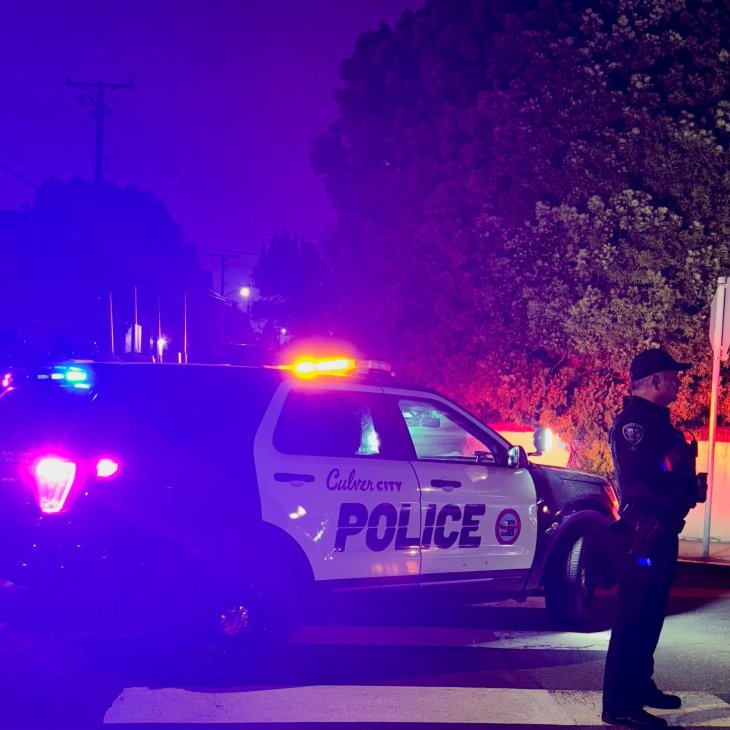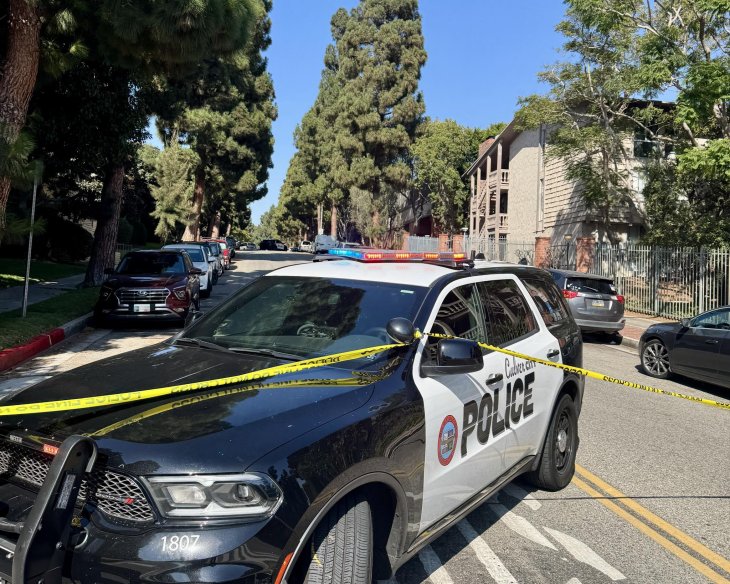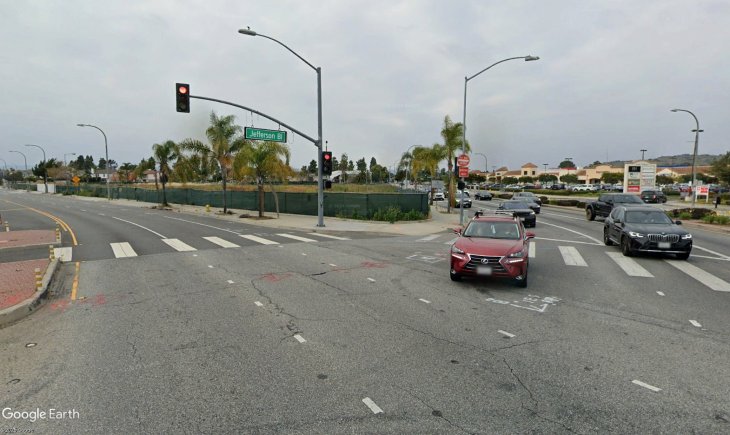By Tom Elias

California’s top two primary system is living up to its “jungle primary” nickname more than this spring than ever, with dozens of candidates vying in both statewide and district races across the state for rare, elusive spots on the November general election ballot.
Before Proposition 14 passed in 2010, every political party recognized by the state got one slot and no more in the fall runoff. But now only the two leading primary election vote-getters make the final, regardless of their party.
Over three election cycles since voters adopted the system, this has created dozens of one-party races for legislative and congressional seats and once put a congressional district with a significant Democratic registration margin into a runoff involving two Republicans.
So far, there’s been only one statewide, top-of-ticket single-party race: Two years ago, Democrat Kamala Harris easily defeated fellow Democrat Loretta Sanchez for the U.S. Senate seat long held by a third Democrat, Barbara Boxer.
Barring a major upset, there will be another one-party Senate race this fall, Democratic Sen. Dianne Feinstein facing off against longtime state Senate President Kevin de Leon.
There also could be a one-party run for governor, as Democratic Lt. Gov. Gavin Newsom and ex-Los Angeles Mayor Antonio Villaraigosa have paced the field since polling began early last year.
But Republicans now show signs of smartening up to one basic law of the jungle primary – when too many candidates from one party run, they can splinter their supporters’ vote so much that none of them makes the runoff.
Barely a week before the filing deadline for the June primary, one of the three significant GOP candidates for governor dropped out for the sake of party survival. That was former Sacramento-area Congressman Doug Ose, who entered the race late and never drew many campaign donations or decent poll numbers.
Ose, like San Diego County businessman John Cox and Orange County Assemblyman Travis Allen, hoped to capture the bulk of the votes of California’s Republicans, who now total just one-fourth of those registered to vote. But he never got above 3 percent in the polls.
If Allen and Cox split Ose’s meager support, both would still be running far behind Newsom and Villaraigosa, unlikely to advance to November. To field a fall candidate, the GOP probably needs one more of its hopefuls to drop out, the survivor presumably netting virtually all Republican votes and possibly pulling more currently undecided voters than any Democrat. An unlikely scenario.
But at least the Republicans recognize the danger of having too many candidates for one office.
So far, Democrats hoping to flip some of California’s Republican seats in Congress don’t seem to have gotten this message. It won’t matter in districts with an incumbent running, as that single Republican will make the November ballot along with whoever tops the Democrats in June.
But in the 39th and 49th districts, where longtime incumbents Ed Royce and Darrell Issa are retiring, Democrats risk not making the ballot despite Hillary Clinton’s carrying both districts in 2016.
When he announced his impending departure, the 13-termer Royce endorsed longtime aide and former Orange County state Assemblywoman Young Kim. But several other strong GOP candidates also entered that race, along with four significant Democrats. It’s likely that Kim will advance to November, and there’s a possibility one of the other Republicans might pull a few more votes than any Democrat. Which would leave a one-party Republican race in a district Clinton won by almost 10 percent.
In Issa’s longtime district, Oceanside Assemblyman Rocky Chavez and state Board of Equalization member Diane Harkey are strong Republican candidates, running 2-3 in a February poll behind Democrat Doug Allen, who came within less than 1 percent of beating Issa in 2016.
But if any of the four other Democrats in the running becomes even a bit stronger, Allen could drop to third in the splintered primary vote, leaving a two-Republican runoff in another district Clinton won.
The bottom line: Just as Ose dropped out for the sake of his party, some Democrats running for Congress must leave the field or risk failure for their party’s efforts to take over control of the House of Representatives.





